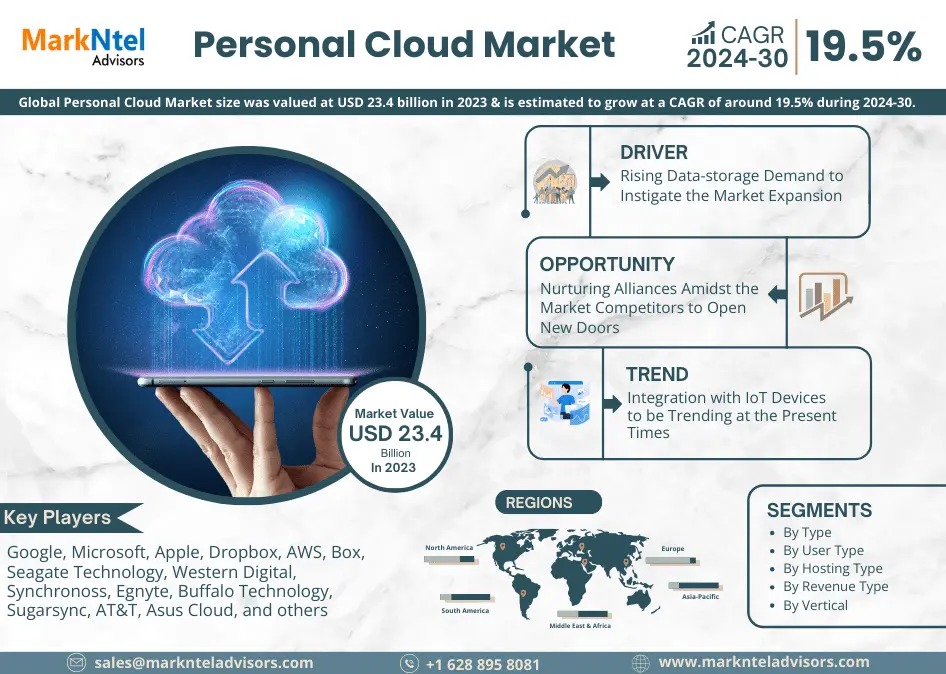Human Resources (HR) software has evolved dramatically in recent years, driven by advances in technology and the growing recognition of the importance of data-driven decision-making. Modern HR software offers a wide range of analytics features that can help organizations manage their workforce more effectively, improve employee engagement, and drive business success. This article explores the various analytics features available in HR software and how they can be leveraged to achieve these goals.
1. Employee Performance Analytics
One of the most valuable analytics features in HR software is employee performance analytics. This feature allows organizations to track and analyze the performance of their employees over time. Key performance indicators (KPIs) such as productivity, quality of work, and goal attainment can be monitored to identify high performers and those who may need additional support or training.
Benefits:
- Identifies top performers and potential leaders within the organization.
- Helps in developing personalized training and development plans.
- Facilitates objective performance reviews and feedback sessions.
2. Recruitment and Hiring Analytics
Recruitment and hiring analytics provide insights into the effectiveness of the hiring process. By analyzing data from various stages of recruitment, HR software can help organizations understand which sourcing channels are most effective, the time it takes to fill positions, and the quality of hires.
Benefits:
- Optimizes recruitment strategies and reduces time-to-hire.
- Identifies bottlenecks in the hiring process.
- Enhances the quality of hires by identifying the most effective assessment methods.
3. Employee Engagement and Satisfaction Analytics
Employee engagement and satisfaction analytics measure how engaged and satisfied employees are with their work and the organization. This can be achieved through surveys, feedback forms, and other data collection methods. Analyzing this data helps organizations understand the factors that drive engagement and satisfaction.
Benefits:
- Improves employee retention by addressing issues that lead to dissatisfaction.
- Enhances workplace culture and employee morale.
- Identifies areas for improvement in management practices and organizational policies.
4. Turnover and Retention Analytics
Turnover and retention analytics track employee turnover rates and analyze the reasons behind employee departures. This feature helps organizations identify trends and patterns in employee exits, which can inform strategies to improve retention.
Benefits:
- Reduces turnover costs by identifying and addressing the root causes of employee exits.
- Helps in developing targeted retention strategies for high-risk groups.
- Improves workforce stability and continuity.
5. Compensation and Benefits Analytics
Compensation and benefits analytics provide insights into the effectiveness of an organization’s compensation and benefits programs. By analyzing data on salaries, bonuses, benefits utilization, and market benchmarks, HR software can help ensure that compensation packages are competitive and fair.
Benefits:
- Ensures competitive compensation packages to attract and retain top talent.
- Identifies disparities and ensures pay equity across the organization.
- Optimizes benefits programs based on employee preferences and utilization patterns.
6. Workforce Planning and Forecasting
Workforce planning and forecasting analytics help organizations predict future workforce needs based on historical data and business trends. This feature can analyze factors such as employee turnover, retirement rates, and business growth projections to help organizations plan for future hiring and development needs.
Benefits:
- Aligns workforce planning with business goals and growth projections.
- Helps in proactive talent acquisition and development.
- Reduces the risk of talent shortages or surpluses.
7. Diversity and Inclusion Analytics
Diversity and inclusion analytics track the demographic composition of the workforce and measure the effectiveness of diversity and inclusion initiatives. This feature helps organizations understand the impact of their diversity efforts and identify areas for improvement.
Benefits:
- Promotes a diverse and inclusive workplace.
- Identifies and addresses potential biases in hiring and promotion processes.
- Enhances organizational reputation and employee satisfaction.
8. Training and Development Analytics
Training and development analytics evaluate the effectiveness of training programs and identify areas where additional training may be needed. By analyzing data on training participation, completion rates, and post-training performance, HR software can help organizations optimize their training efforts.
Benefits:
- Ensures training programs are aligned with employee needs and business goals.
- Measures the ROI of training initiatives.
- Identifies skill gaps and informs future training and development plans.
9. Absence and Leave Management Analytics
Absence and leave management analytics track employee attendance and leave patterns. This feature helps organizations understand the impact of absenteeism on productivity and identify trends that may indicate underlying issues.
Benefits:
- Reduces absenteeism by identifying and addressing its root causes.
- Ensures compliance with leave policies and regulations.
- Helps in planning for workforce coverage during peak leave periods.
10. Employee Health and Wellness Analytics
Employee health and wellness analytics measure the effectiveness of wellness programs and track key health metrics. By analyzing data on participation in wellness programs, health outcomes, and employee feedback, organizations can optimize their wellness initiatives.
Benefits:
- Promotes employee health and well-being.
- Reduces healthcare costs by encouraging healthy behaviors.
- Enhances employee productivity and engagement.
11. Employee Relations and Grievance Analytics
Employee relations and grievance analytics track the nature and resolution of employee grievances and disputes. This feature helps organizations identify patterns in employee relations issues and develop strategies to address them.
Benefits:
- Improves employee relations and workplace harmony.
- Identifies recurring issues and informs policy changes.
- Enhances the effectiveness of grievance resolution processes.
12. Compliance and Risk Management Analytics
Compliance and risk management analytics help organizations ensure compliance with labor laws and regulations. By tracking compliance-related metrics and identifying potential risks, HR software can help organizations mitigate legal and financial risks.
Benefits:
- Ensures compliance with labor laws and regulations.
- Reduces the risk of legal and financial penalties.
- Enhances organizational reputation and trust.
13. Succession Planning Analytics
Succession planning analytics identify potential successors for key positions within the organization. By analyzing data on employee performance, skills, and career aspirations, HR software can help organizations develop effective succession plans.
Benefits:
- Ensures business continuity by identifying and developing future leaders.
- Reduces the risk of leadership gaps.
- Enhances employee career development and retention.
14. Workforce Productivity Analytics
Workforce productivity analytics measure the overall productivity of the workforce and identify factors that impact productivity. By analyzing data on work patterns, task completion rates, and employee feedback, organizations can optimize their workflows and improve productivity.
Benefits:
- Increases overall workforce productivity.
- Identifies and addresses productivity barriers.
- Enhances operational efficiency and business performance.
15. HR Metrics and Reporting
HR metrics and reporting provide a comprehensive view of key HR metrics and trends. This feature allows organizations to generate customized reports and dashboards that provide insights into various aspects of HR management.
Benefits:
- Provides actionable insights for data-driven decision-making.
- Facilitates transparent communication of HR metrics to stakeholders.
- Enhances the ability to track progress towards HR and business goals.
Conclusion
The analytics features offered by HR software provide organizations with valuable insights into various aspects of HR management. By leveraging these analytics features, organizations can make data-driven decisions that enhance employee engagement, improve performance, and drive business success. Whether it’s through performance analytics, recruitment analytics, or compliance and risk management analytics, modern HR software empowers organizations to manage their workforce more effectively and achieve their strategic objectives.




